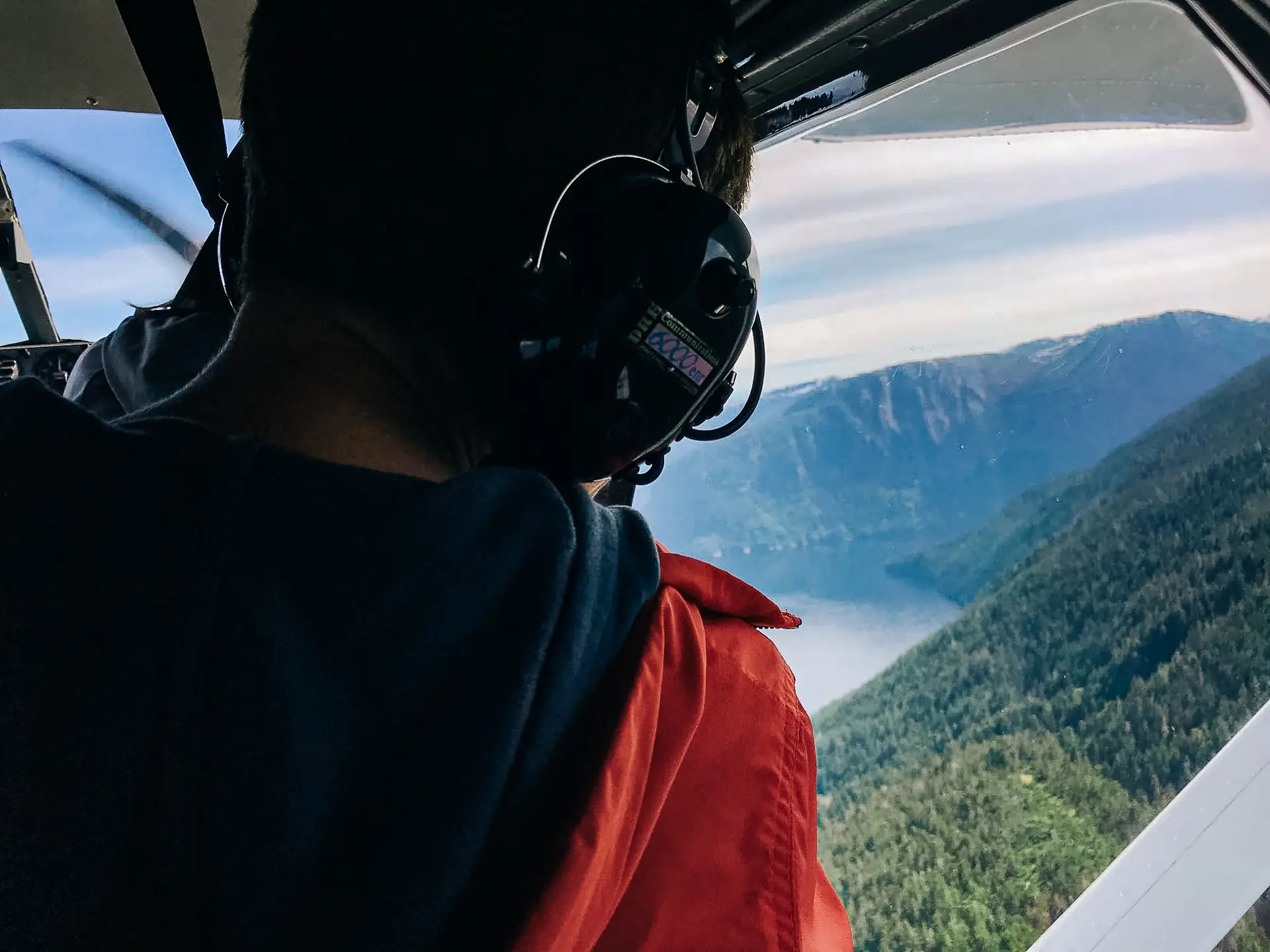Yep! This is the easiest way to spot a Bald Eagle in the wild.
Adult bald eagles have a white head that stands out against the green trees in the Tongass National Forest. If you have a keen eye you might even be able to see immature eagles – they have a mixture of brown and white head feathers until they are about 5 years old. And speaking of feathers, did you know an eagle has about 7,000 feathers?!
With about half of the world’s 70,000 bald eagles living in Alaska, you should be able to see quite a few of golf balls.
Home Sweet Home
Once paired, bonded eagles build lifelong nests (eyries) together and these nests are usually located at the top of a tree. With the eagle’s lifespan being about 20-30 years they need a well-built home. Nests can weigh up to a ton and measure up to 8 feet across, with the largest recorded nest coming in at 9.5 feet wide, 20 feet deep and a weight of over 2 tons.
These raptors also need a big home. Females are a bit larger than males, at 3 feet long with a 7-foot wingspan (males around 6 feet), and their weight is between 10-14 pounds.
All Beak, No Bark
The eagles large hooked beak and powerful talons serve them well as they eat fish, small mammals, carrion, and whatever else might look tasty even if it means stealing from other animals.
With a beak that can rip flesh and talons that are estimated to have crushing strength of at least 400 pounds per square inch per talon, that eagle should sound fierce. Right? Not so much. Eagles emit a high-pitched series of shrill whistling, piping noises that actually sound kind of sweet.
Eagle vs Turkey: The Great Debate
No one knows for sure how serious Benjamin Franklin was when he wrote that he preferred the turkey over the bald eagle as the national symbol. What we do know is that the eagle is impressive and a strong powerful bird… a perfect symbol for the United States of America.







